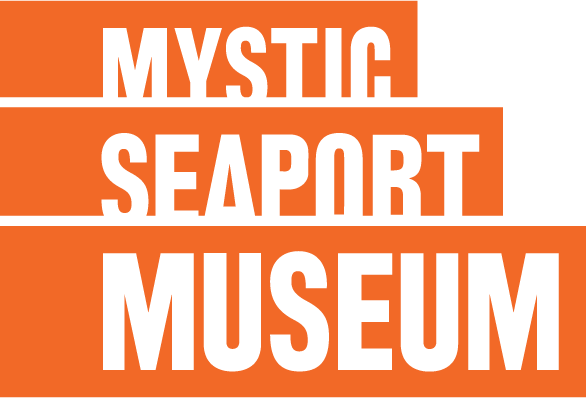
The new custom-built boiler for steamboat Sabino has been completed and passed its initial pressure test. This is an important step in the restoration and continues the schedule to return the vessel to operation on the Mystic River in July.
The boiler was designed and fabricated by Potts Welding & Boiler Repair, Inc., a company in Delaware that specializes in the building of boilers and related parts for use all over the world.
“They are used to building boilers as big as our entire shop,” said Jason Cabral, Sabino‘s chief engineer.
The new boiler is fabricated out of steel and had to be reverse engineered from the previous unit as no blueprints were available. Sabino‘s old boiler dates from 1940 when the U.S. Navy operated the vessel on Maine’s Casco Bay, but the design goes back to the late 19th century.
The old boiler was manufactured by the Almy Water-Tube Boiler Company of Providence, R.I. It was the vessel’s third boiler since she was launched in 1908. It powered the steamboat for nearly three-quarters of her life on the water, including passenger service in Maine, as a private attraction in Massachusetts, and finally for more than 40 years on the Mystic River for Mystic Seaport. It is now on display in the lobby of the Thompson Exhibition Building.
“The design process sought to create a modern boiler as close to the geometry and architecture of the one we took out of the vessel, but one that would meet all of the necessary safety and regulatory requirements,” said Dana Hewson, vice president for watercraft preservation and programs. “We also anticipate this boiler will be more efficient.”
At first glance the Almy boiler appears to be a small simple design. However there were many years of trial and error refinement incorporated into the design when it was built,” said David Sollish, an engineer who consulted of the project. “Since there were no design drawings or calculations to work with the boiler had to be reverse engineered. This is considerably more difficult than just designing a boiler from scratch. The design calculations had to all be done by hand.”
Sollish said the major challenge centered around the fuel. Coal used to be the backbone of the boiler industry and there were many boiler companies to choose from 40 years ago. Today, that coal boiler capability has all but disappeared in the United States and they could find only one manufacturer, Potts, with the capability and interest in tackling a custom marine boiler design such as this.
“The problem is coal burns differently from oil or gas or even wood. A boiler designed to fire coal is vastly different from a boiler designed to burn other fuels,” said Sollish.
Sabino will continue to be powered by her original two-cylinder expansion engine that was manufactured by J. H. Payne & Son in nearby Noank, CT, in 1908.

A new base, or fire box, is being built that the boiler will sit in and the outer casing will be reused. The casing has been cleaned and internally modified to hold a new ceramic refractory material (insulation) that will be far more efficient than the old fire bricks. It will bolted back on and then the whole unit will be dropped into the boat in one piece. With only 3 inches of clearance in the mechanical space, there is not sufficient room to assemble the boiler in place.
The Shipyard is presently reinstalling all of the systems using a combination of brass and black steel pipe. Everything had to be disassembled, cleaned, inspected, and reassembled. Only those items needing replacement are being replaced, consistent with the Museum’s preservation practice. In addition, the engineers have been carefully logging and documenting all work for U.S. Coast Guard (USCG) review and inspection.
Cabral said the project is something of a learning opportunity for all involved. There are not many boilers and engines like this in operation in the country, so the USCG has created a special team for Sabino to spread the experience and knowledge generated from this project.
About Potts Welding
Finding a company that could manufacture a boiler as specialized as the one needed for Sabino was not a simple task. Mystic Seaport was fortunate to team up with Potts Welding & Boiler Repair, Inc. Founded by Walter Potts in 1929 as a boiler repair business, today the company employs approximately 200 full-time employees; constituting a team of professionals including welders, boiler-makers, engineers, draftsmen, machinists, mechanics, and technical and non-technical specialists. Potts specializes in the fabrication and repair of boilers and related component parts, heating and cooling equipment, heat exchangers, condensers, and the sale of related tubing. The manufacturing of pressure parts for the boiler industry is accomplished at their main production facility located in Newark, DE. The facility is situated on 16.5 acres and houses 180,000 square feet of manufacturing and ancillary space. Potts keeps an extensive parts and tubing inventory meet customer requirements and ships boiler parts to virtually every continent.










